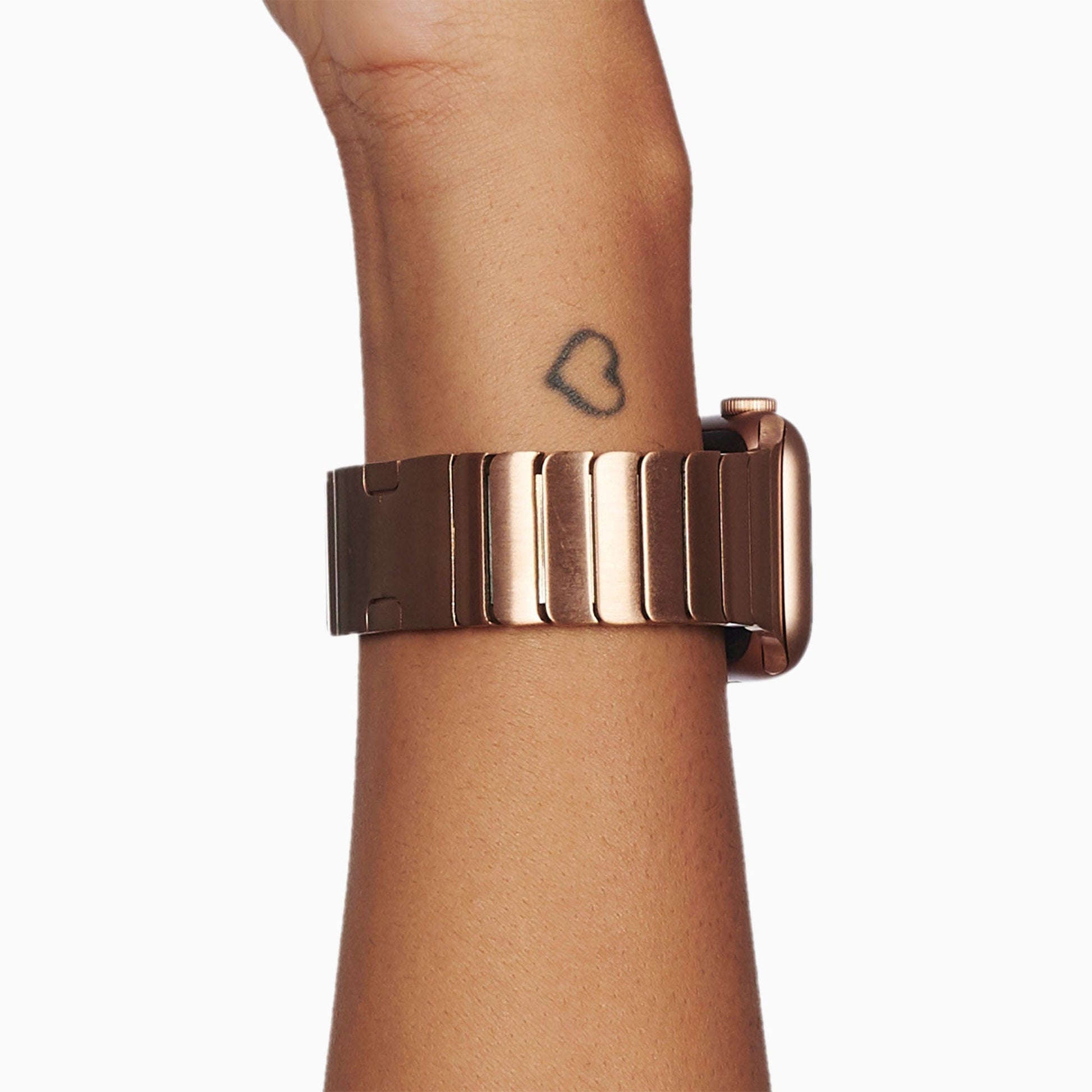
Magnetic Loop+case For Apple Watch Band 44mm 40mm Iwatch Band 41mm 45mm Metal Belt Bracelet Correa Apple Watch Serie Se 6 4 3 7-blackblue-black | Fruugo UK

Apple Watch Strap | Stainless Steel | Milanese Loop | Magnetic Milanese Band | Gold Stainless Steel | Apple Watch Series 8 | Apple Watch Series 7 | Apple Watch Series 6

Canvas Band Compatible With Apple Watch 41mm Cloth Belt Soft Woven Fabric Sports Dressy Strap For Apple Watch Series 7/8 | Fruugo UK

Rose Gold Apple Watch Band 38mm 40mm 41mm 42mm 44mm 45mm, Women Apple Watch Bracelet, Leather Apple Watch Wristband, Brown Double Wrap Strap - Etsy UK

ARTCHE Watch Strap Compatible with Apple Watch Ultra 2/Ultra Series 9/8/7/6/SE/5/4/3/2/1, Metal Strap for iWatch Straps 49mm 45mm 44mm 42mm, Stainless Steel Replacement Band, Silver & Gold: Amazon.co.uk: Electronics & Photo

Cheap Nylon Loop Watchband for Apple Watch 6 SE 44mm 40mm 42mm 38mm for iwatch 5/4/3/2/1 accessories WristBands Belt strap sport | Joom












![Apple Watch 2/3 [38mm / 42mm] CZ Bezel & Ceramic Belt Set CZ White x Gold 2TONE | eBay Apple Watch 2/3 [38mm / 42mm] CZ Bezel & Ceramic Belt Set CZ White x Gold 2TONE | eBay](https://i.ebayimg.com/images/g/XXIAAOSwdtthTrVU/s-l1200.jpg)
